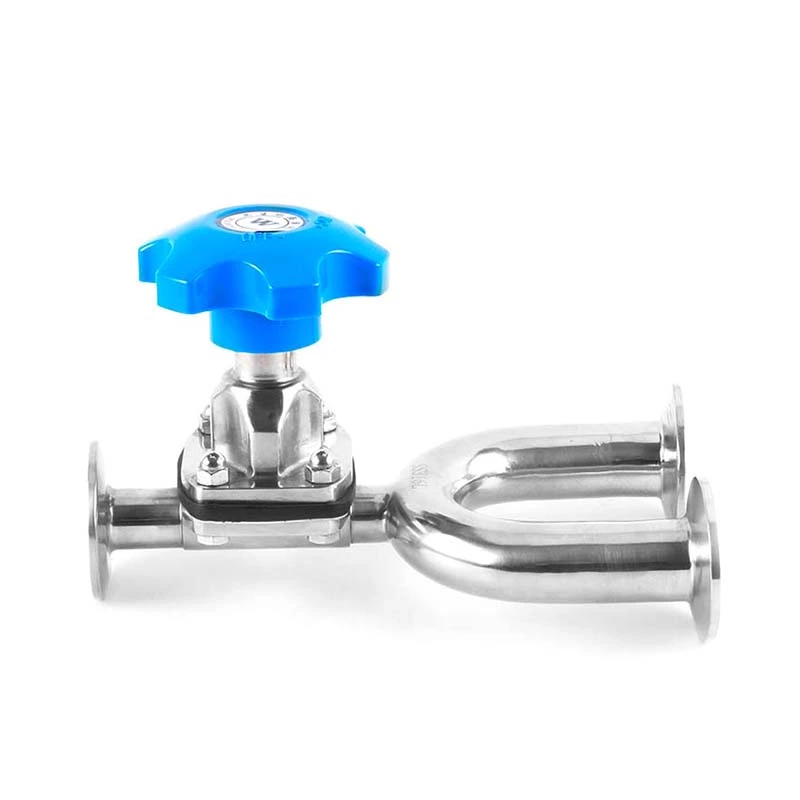What Are The Precautions For The Construction And Installation Of Sanitary Diaphragm Valves?
Sanitary Diaphragm Valve What are the precautions for construction and installation?
Connection type of sanitary diaphragm valve: flange structure or welding is mainly used to cut off or connect the medium in the pipeline. Sanitary diaphragm valve can also be used for fluid regulation and control. Among them, the hard-sealed V-type ball valve has a strong shear force between its V-type ball core and the metal valve seat of hard alloy surfacing, which is particularly suitable for media containing fibers, tiny solid particles, etc. The multi-way ball valve can not only flexibly control the confluence, diversion, and flow direction switching of the medium on the pipeline, but also close any channel to connect the other two channels. This type of valve should generally be installed horizontally in the pipeline. Ball valve classification: pneumatic ball valve, electric ball valve, manual ball valve.
Sanitary diaphragm valve flow channel: full-caliber, middle body, left and right shells, and ball are made of cast steel or forged steel, the middle body, left shell, and right shell are connected by bolts, sealed with gaskets, and the ball is fixed with upper and lower valve stems. The sanitary butterfly valve is equipped with a disc spring behind the valve seat seal or at the shoulder, the valve seat is made of polytetrafluoroethylene or metal, and the upper and lower valve stems are equipped with bearings. The upper and lower valve stems are sealed with O-rings.
During the strength test of the sanitary diaphragm valve, the test pressure is 1.5 times the nominal pressure, and the duration is not less than 5 minutes. The valve housing and packing should be leak-free to be qualified. During the tightness test, the test pressure is 1.1 times the nominal pressure; the test pressure should meet the requirements of GB 50243 during the test duration, and the valve disc sealing surface should be leak-free to be qualified.
The appearance inspection must be carried out before the valve is installed, and the nameplate of the sanitary ball valve should comply with the provisions of the current national standard "General Valve Marking" GB 12220. For valves with working pressure greater than 1.0 MPa and that serve as a cut-off on the main pipeline, strength and tightness performance tests should be carried out before installation and they are only allowed to be used after passing the tests.
